
Range Rover Evoque Estate (2011-2019) engines, drive and performance
.jpg)
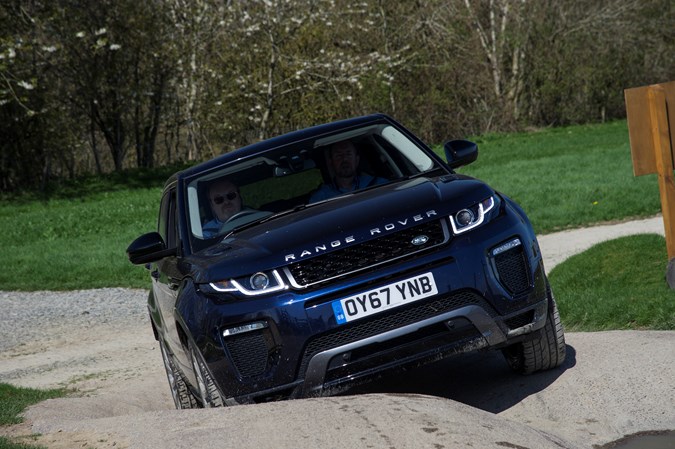
- Four-cylinder, 2.0-litre petrol and diesel engines
- Excellent nine-speed automatic on 4WD versions
- Active Driveline reduces fuel consumption on 4WDs
Although there’s no dedicated sporty model in the Range Rover Evoque range, performance is of a level that all barring the least-powerful version can sprint from 0-62mph in 10 seconds or less.
Diesel engines
As part of the 2015 revisions, the aging 2.2-litre diesel motors were ousted in favour of Jaguar Land Rover’s more modern 2.0-litre Ingenium family of powerplants.
Kicking the line-up off is the eD4 E-Capability engine, only available with a combination of six-speed manual gearbox and front-wheel drive.
It produces 150hp and 380Nm of torque from 1,750rpm, enough for a top speed of 113mph and a 0-62mph time of 11.2 seconds.
That E-Capability suffix – and the Evoque badge finished in blue – relates to this being the most efficient of the range, with claims of 65.7mpg and CO2 emissions of 113g/km.
If you’d prefer something with a bit more poke – as well as four-wheel drive and the option of the excellent nine-speed automatic transmission – then the TD4 is more likely to suit your needs.
Power’s increased to 180hp, with peak torque rising to 430Nm but still available from 1,750rpm. Stick with the standard manual transmission for a top speed of 124mph and a 10.0-second 0-62mph.
The SD4 is the top-of-the-range diesel Evoque, having inherited this version of the Ingenium engine from the Range Rover Velar. It packs 240hp and 500Nm of torque, pushes out 153g/km of CO2, cracks the 0-60mph dash in 6.9 seconds, and tops out at an impressive 135mph.
The automatic, which swaps gears so smoothly that you only really feel the shifts in manual mode, tops out at 121mph, but completes the same acceleration test in 9.0 seconds.
Petrol engines
Choose the 2.0-litre Si4 petrol and the nine-speed automatic’s your sole transmission choice. They complement one another, although at higher revs the motor’s blighted by sounding a bit overstretched rather than sporty.
Still, it is brisk, courtesy of its 240hp output and 340Nm of torque from a diesel-matching 1,750rpm, making it a flexible powerplant that’s linear in its power delivery.
Top speed’s not especially high at 135mph, but it feels sprightly, completing the 0-62mph dash in 7.6 seconds.
All-new petrol engines from 2017
From summer 2017, the Evoque was fitted with the Ingenium family of turbocharged 2.0-litre petrol engines, although they will continue to be badged Si4. Details are currently scant, but expect both 240hp and 290hp versions of the engine, the latter completing the 0-62mph sprint in 6.0 seconds.
Part-time four-wheel drive option
All 4WD Evoques are available with the option of Active Driveline, which only provides four-wheel drive when needed. Otherwise, in steady driving above 22mph the car uses just sends power to the front wheels to save fuel.
What’s it like to drive?
- Not especially sporty to drive on-road
- Optional Active Driveline boosts efficiency
- Surprisingly capable off the beaten track
The difficulty the Range Rover Evoque faces is trying to achieve a delicate balancing act in terms of handling – it’s very hatchback-like, but you can’t get away from the fact that this is still a tall vehicle with an appropriately high level of ground clearance.
This means that on the road you cannot feel entirely confident in corners or expect it to dart through the turns without any bodyroll. The models with adaptive suspension feel agile and well planted, but ultimately, the width of the Evoque hampers your confidence on narrower, more challenging, roads.
Yes, for a crossover it offers decent levels of traction – particularly in the dry – but in the wet the nose doesn’t react quite as well as you would like, pushing wide through bends if you press on too hard. That’s where you’re reminded that the Evoque is a proper off-road vehicle and not a boutique SUV.
Nevertheless, the steering is responsive, and if you have a model with Land Rover’s MagneRide system (standard on Dynamic versions, optional on others) the suspension firms up to give you a flatter ride on cornering. The downside is the ride quality becomes jittery in its firmest setting, especially when coupled with larger wheel diamaters.
Models fitted with the optional Active Driveline feature technology that ensures the wheels with the most traction get the most power. This reduces the likelihood of the Evoque running wide in a corner and improves agility. It can also swap between two- and four-wheel drive modes almost imperceptibly, selecting two-wheel drive mode in steady-state driving to achieve the best fuel economy figures.
Get the Evoque off road and it’ll start to show its real abilities thanks to Range Rover’s All Terrain Response system that has four settings designed to deal with all manner of challenging conditions, whether you are on rutted country lanes, rocky terrain, sand or snow.
The Evoque may look like an urban cruiser but, really, it’s very at home on the rough stuff, It’s also good for towing, though, hauling up to 1.8 tonnes of braked trailer.


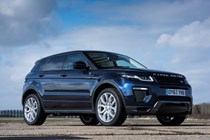


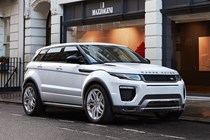
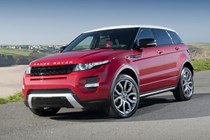
.jpg)
.jpg)
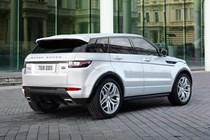
.jpg)
.jpg)
.jpg)
.jpg)

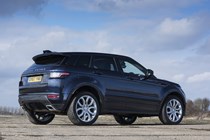
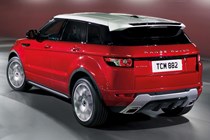
.jpg)
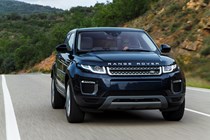
.jpg)
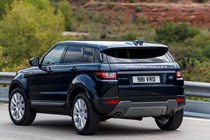
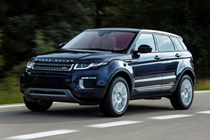

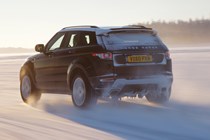
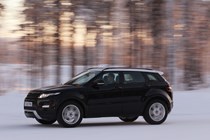
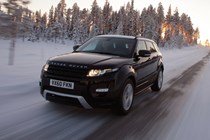

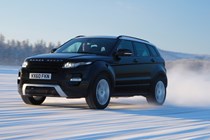
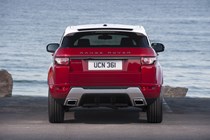
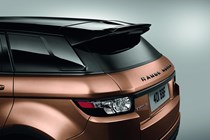
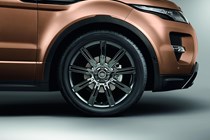
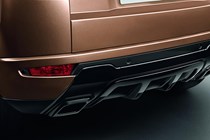

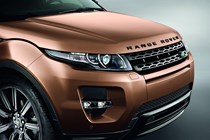
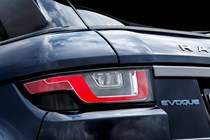
.jpg)
.jpg)
.jpg)
.jpg)
.jpg)
.jpg)
.jpg)
.jpg)
.jpg)
.jpg)
.jpg)
.jpg)
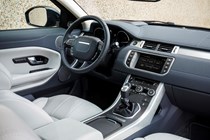
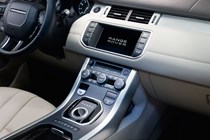


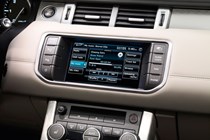
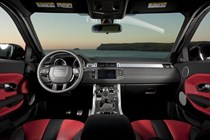
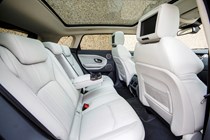

.jpg)
.jpg)
.jpg)
.jpg)
.jpg)
.jpg)
.jpg)
.jpg)
.jpg)
.jpg)
.jpg)

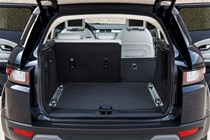
.jpg)
.jpg)
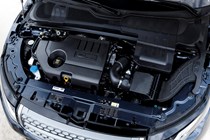
.jpg)
.jpg)
.jpg)







.jpg?quality=50)
.jpg?quality=50)

.jpg?quality=50)
.jpg?quality=50)
.jpg?quality=50)
.jpg?quality=50)



.jpg?quality=50)

.jpg?quality=50)















.jpg?quality=50)
.jpg?quality=50)
.jpg?quality=50)
.jpg?quality=50)
.jpg?quality=50)
.jpg?quality=50)
.jpg?quality=50)
.jpg?quality=50)
.jpg?quality=50)
.jpg?quality=50)
.jpg?quality=50)
.jpg?quality=50)








.jpg?quality=50)
.jpg?quality=50)
.jpg?quality=50)
.jpg?quality=50)
.jpg?quality=50)
.jpg?quality=50)
.jpg?quality=50)
.jpg?quality=50)
.jpg?quality=50)
.jpg?quality=50)
.jpg?quality=50)


.jpg?quality=50)
.jpg?quality=50)

.jpg?quality=50)
.jpg?quality=50)
.jpg?quality=50)